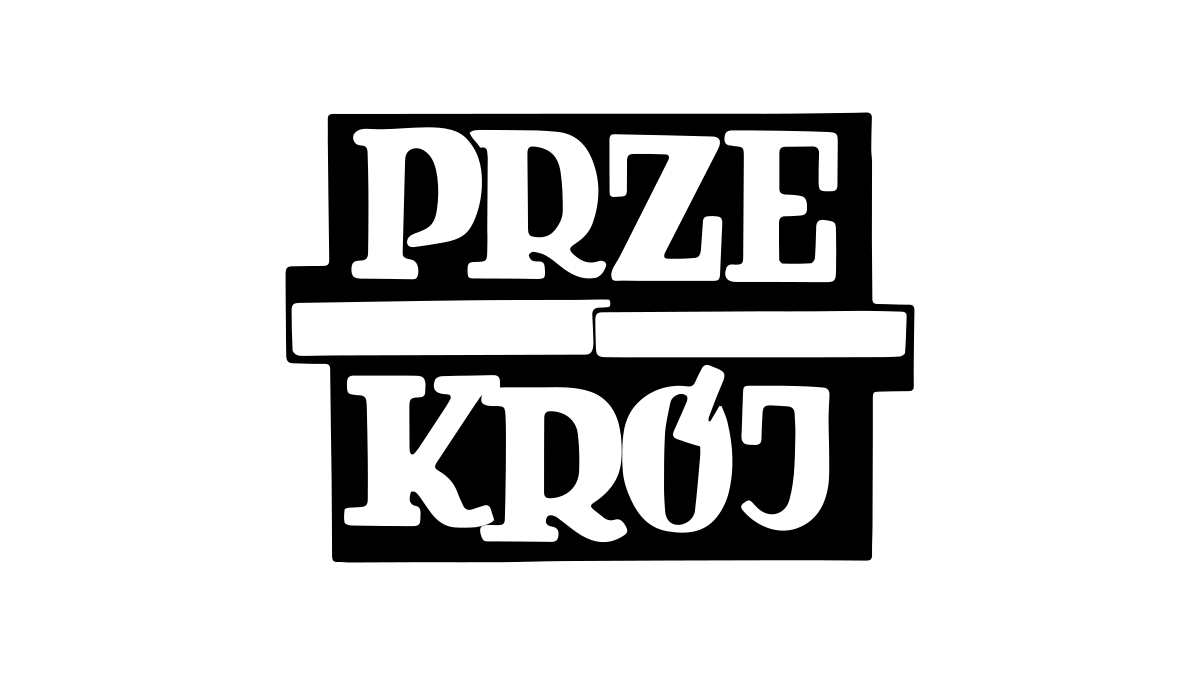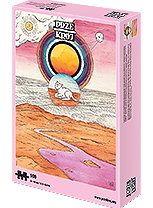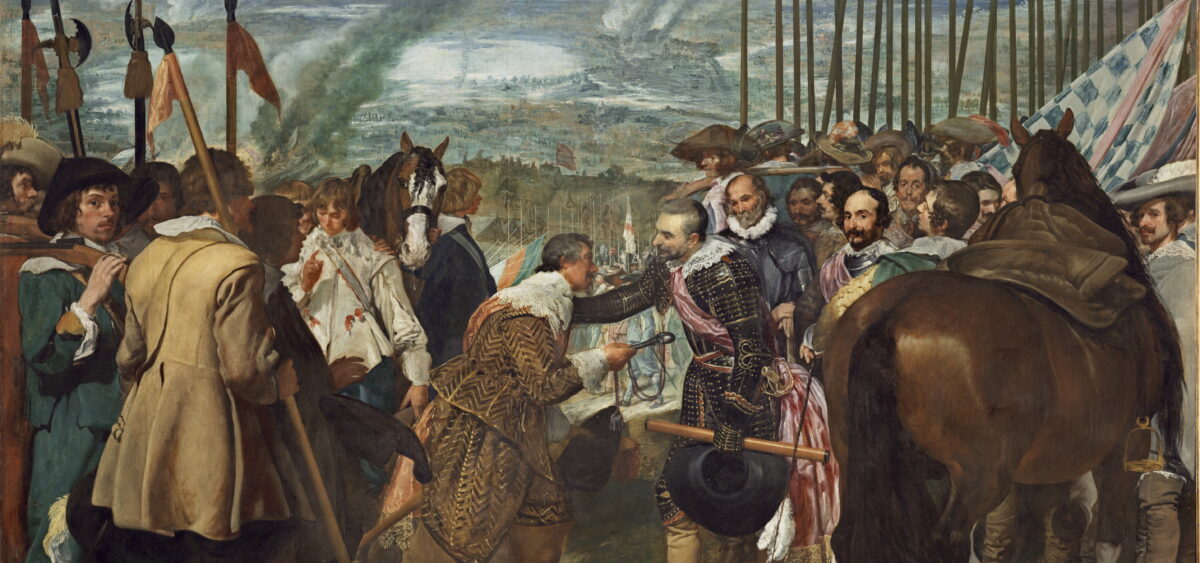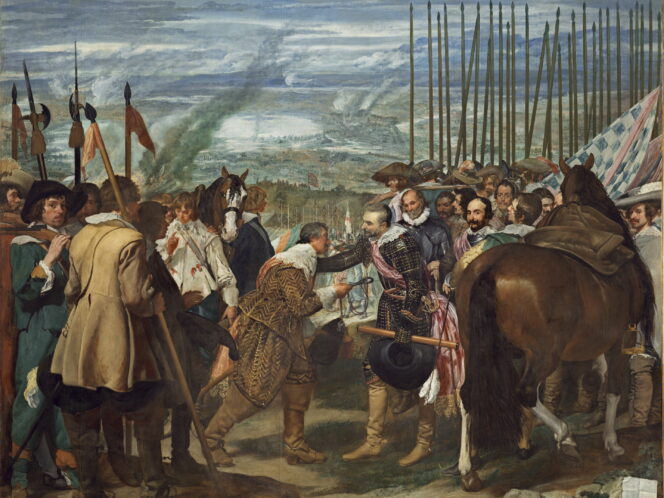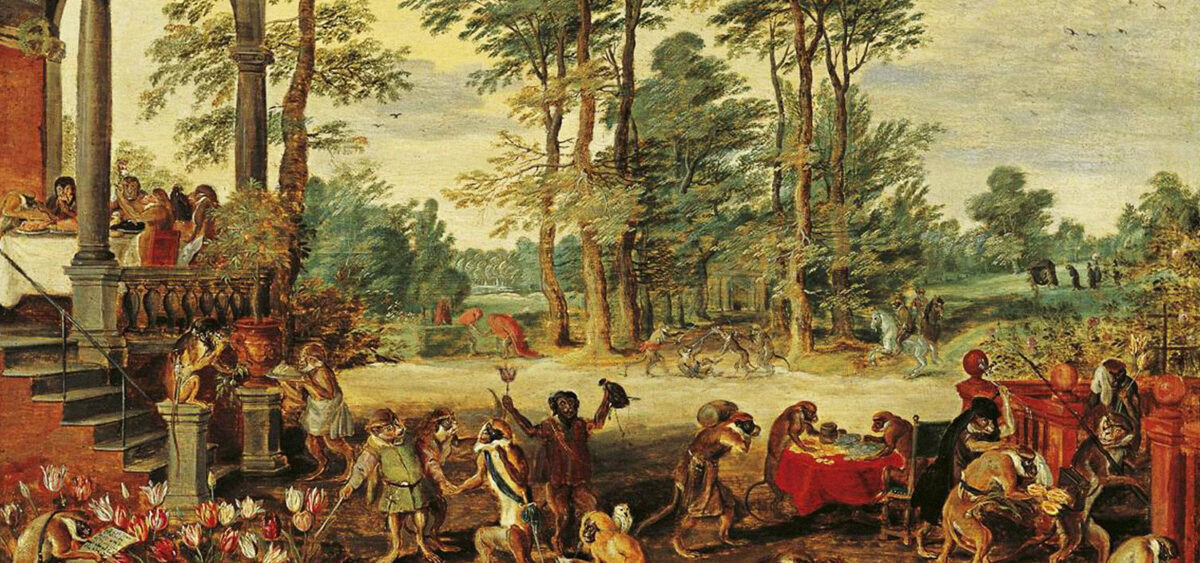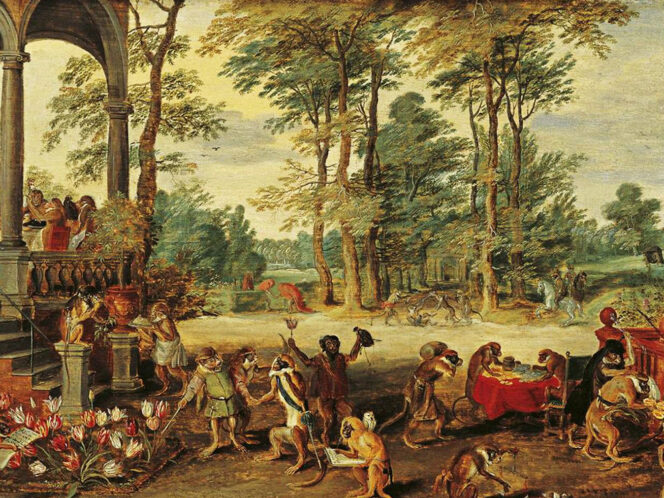
The roots of Dutch tolerance run deep. Perhaps its sources are to be found in centuries-old Calvinist prescriptions, according to which everyone has the right to interpret the Bible in their own way. Or maybe in the economy, since international trade necessitated respect for otherness.
“According to our report, there is no such thing as Dutch national identity,” announced Máxima, Queen of the Netherlands, in 2007, which delighted some, outraged others, and left others still unimpressed. This expert report commissioned by the authorities was to establish how the citizens of the country identified with it. The words of Máxima, who herself comes from Argentina and learned Dutch only after her marriage to Willem-Alexander, were quoted in various talk shows and press articles, and the Dutch have quarrelled over them at home tables on more than one occasion since. After all, it is a nation that loves to argue.
The word ‘tolerance’ doesn’t itself appear in the queen’s speech. Rather, it resounds between the lines. The monarch recalled the Dutch boys of Moroccan descent who guided her around Marrakesh, switching from fluent Arabic to equally fluent Dutch. She also spoke of Semra, a Turkish national, who, having passed her exams at a Dutch university, displayed in her window both the Turkish and the Dutch flag.
In the 1970s, research published by the British author and scholar Christopher Bagley pointed to tolerance as one of the three national traits chosen by the Dutch to define their own collective attitude. We shall inspect the other two a bit later, but first, let us concentrate on what the researchers agree on. Tolerance, the trait that has become pretty much synonymous with the Dutch around the world, has its roots in something much older than the present-day multicultural society of the country. In order to understand the phenomenon of Dutch tolerance, we will need to explain not only this concept, but a few others as well, including pillars, the poldermodel and gedoogbeleid.
Feel free to pray, just not here
“In a country where international trade makes for the society’s basic source of income, citizens grow tolerant by themselves,” claims Herman Pleij, a popular cultural history professor and writer. He adds that the greatest driving force behind Dutch tolerance is its citizens’ belief that it is simply good for the economy. The Dutch treat politics like business.
As an example, Pleij points to the fact that in the 16th century, trade continued above and outside of religious divisions. In the Catholic town of Vlissingen, the Protestant minority contributed so much to the local fish trade that
